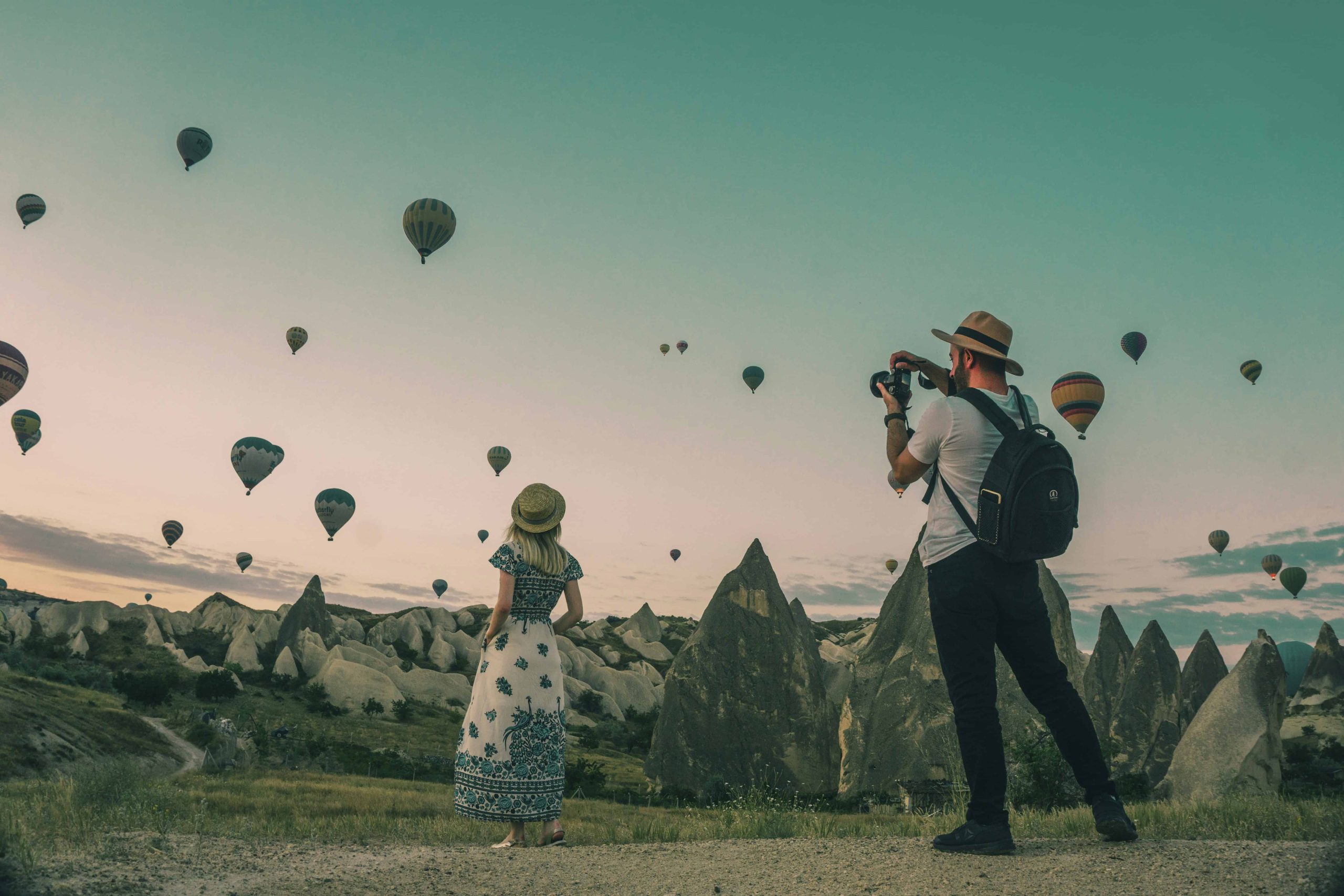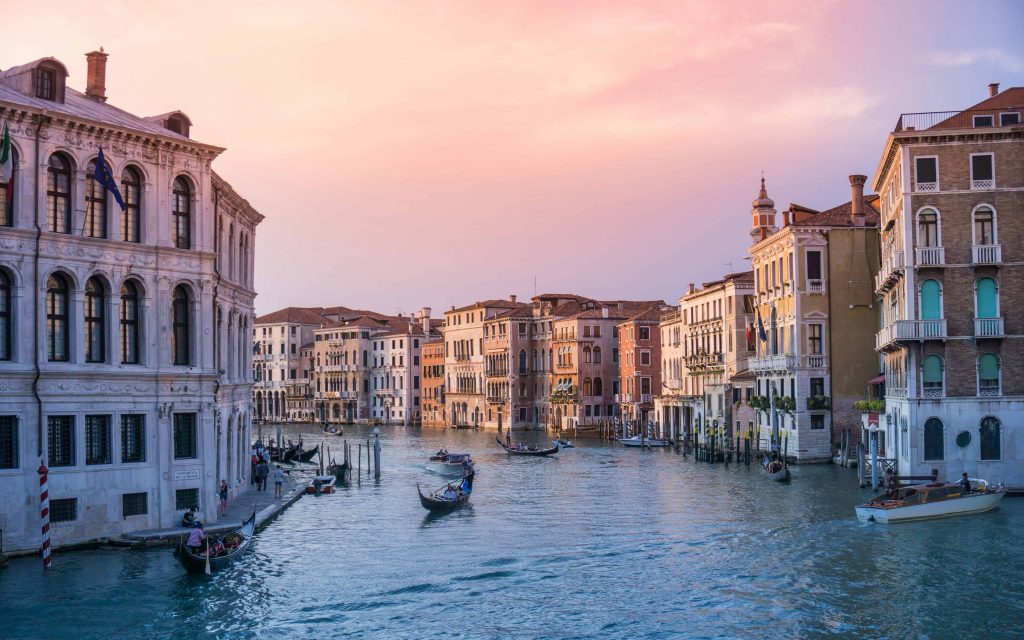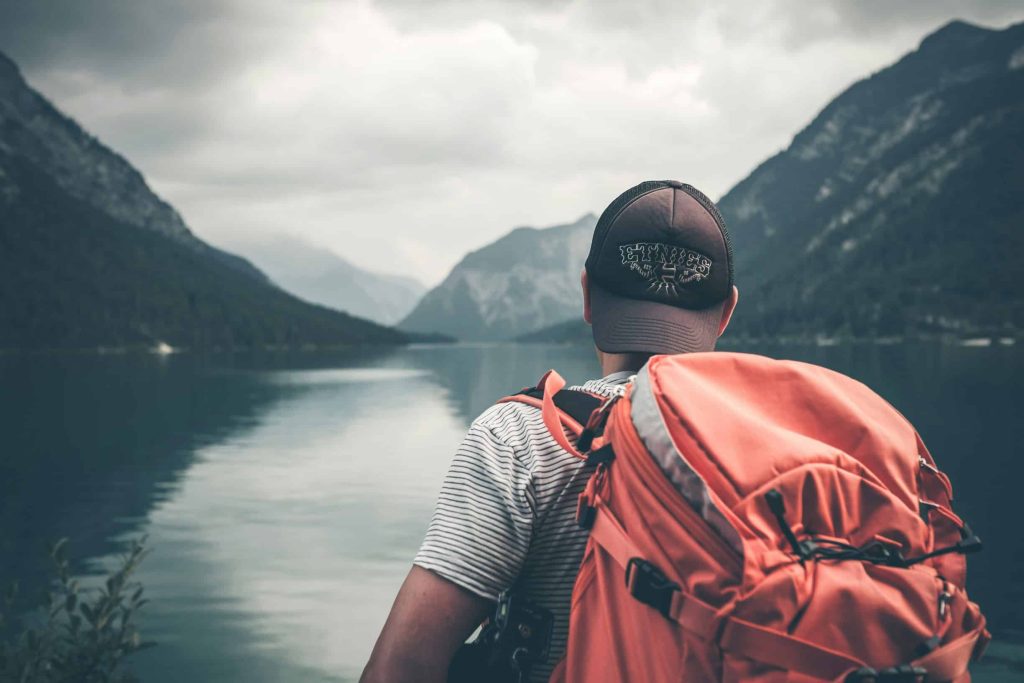
09 Jun The Transformative Power of Travel on Artistic Perspective
The Influence of Travel on Artistic Perspective
Creative expression is often born from the depths of personal experience, and nothing enriches experience more profoundly than travel. The sights, sounds, colors, and cultural nuances encountered while exploring unfamiliar territories have the power to reshape an artist’s worldview. These changes go beyond mere aesthetic influence—they transform the very core of how an artist thinks, feels, and interprets the world. Travel and exposure to diverse cultures deeply enhance artistic perspective, infusing it with fresh ideas, new techniques, and entirely different ways of seeing and representing life. In this article, we will explore the many dimensions through which travel broadens and deepens an artist’s creative expression, from sensory enrichment to shifts in identity and global consciousness.
Broadening Horizons: New Visual and Sensory Experiences
When artists venture beyond their familiar surroundings, they encounter a wide array of visual and sensory stimuli that often ignite new creative impulses. The diversity of natural landscapes—from towering mountain ranges and expansive deserts to lush jungles and rolling oceans—introduces artists to breathtaking forms and colors rarely experienced at home. Urban environments offer a different kind of inspiration, with intricate architecture, bustling streets, and layered cityscapes providing complex visual narratives that reflect human innovation and cultural identity.
Additionally, traveling exposes artists to new atmospheres—both literally and metaphorically. Variations in light, climate, and color palettes across different regions can lead to striking changes in an artist’s work. An artist used to muted grays and greens might be dazzled by the vibrant blues of a Mediterranean coast or the golden hues of a Saharan sunset. Beyond the visual, travel engages all the senses. The cacophony of a market, the scent of regional cuisine, the feel of local textiles, and the taste of unfamiliar spices—all these sensory experiences fuel artistic imagination in powerful, often unexpected, ways.
Cultural Immersion: Expanding Conceptual Frameworks
Immersing oneself in a new culture goes far beyond observing surface-level aesthetics—it allows for a deeper understanding of alternative ways of living and thinking. By stepping into different social structures and experiencing community dynamics first-hand, artists can begin to grasp the rich complexities of human society. Observing how people interact, share responsibilities, or celebrate milestones provides a new lens through which to interpret universal themes like love, struggle, and joy.
Spiritual beliefs and philosophical outlooks also play a vital role in shaping culture. When artists engage with different belief systems, whether through temples, rituals, or philosophical dialogues, they often find new concepts that challenge their own worldview. Local customs and traditions—especially storytelling, ceremonies, and oral histories—reveal deeply rooted cultural values that often don’t translate through visual observation alone. These experiences can profoundly influence the themes artists explore, pushing them to reconsider the narratives, symbols, and meanings embedded in their work.
Learning New Techniques and Materials
Travel offers a direct line to artistic traditions that may be centuries old and vastly different from those practiced in the artist’s own culture. Observing local artisans at work—whether they are weaving textiles, shaping clay, or crafting intricate metalworks—exposes artists to new methods and philosophies surrounding the creation of art. These hands-on experiences often provide valuable lessons in patience, attention to detail, and the cultural significance of the creative process.
In many parts of the world, artists also discover unique materials not readily available elsewhere. Locally sourced pigments, natural dyes, and distinctive substrates offer fresh textures and tones that inspire innovation in form and technique. Incorporating these elements into one’s practice doesn’t just enhance aesthetic diversity; it also bridges the gap between cultures, embedding a piece of one place into the creative identity of another. This process of integration allows artists to evolve their personal style in authentic and meaningful ways.
Shifting Perspectives: Challenging Preconceptions
Travel inherently pushes individuals out of their comfort zones, and for artists, this often means confronting and dismantling internal biases. Exposure to different cultural norms and values fosters empathy and encourages a more nuanced understanding of people who live differently. As artists encounter narratives that challenge their own assumptions, they gain the ability to create work that is more inclusive, sensitive, and reflective of a broader human experience.
These shifts in perspective often prompt artists to re-evaluate their own identity. Seeing themselves through the eyes of another culture—or recognizing similarities with people from vastly different backgrounds—leads to introspection that can be deeply transformative. This re-examination of self and society frequently manifests in the artist’s work, as they begin to question, reinterpret, and sometimes even redefine their role and message as a creator. The resulting art often carries a deeper, more authentic resonance, rooted in the artist’s evolving relationship with the world around them.
The Artist as a Global Citizen: A Synthesis of Influences
In an increasingly interconnected world, artists who travel frequently become global citizens—individuals whose work reflects a synthesis of diverse cultural experiences. These artists develop a cohesive artistic voice not by mimicking what they see but by thoughtfully integrating what resonates with their own vision. This blending of influences results in unique expressions that transcend geographic and cultural boundaries.
As this evolution unfolds, the process of engaging with new artistic traditions and perspectives becomes a personal dialogue rather than a transactional exchange. Artists refine their voice by merging experiences into something original and deeply personal. The journey of travel thus becomes a continuous process of learning, reflecting, and evolving—a cycle that fuels artistic growth with each new place visited and each new story encountered.
Conclusion
The impact of travel on an artist’s perspective is both profound and enduring. By exposing themselves to new environments, cultural paradigms, and creative practices, artists expand their visual and conceptual vocabulary in ways that deepen and enrich their work. This journey is not just physical but also intellectual and emotional, opening pathways to empathy, innovation, and greater self-awareness. Through this ever-evolving dialogue between the artist and the world, art becomes more than a personal expression—it becomes a tapestry woven from the threads of many places, people, and ideas. In this way, travel remains one of the most potent sources of inspiration, breathing new life and boundless depth into the artistic journey.
Key Takeaways
- Travel fuels creativity by exposing artists to new environments, ideas, and cultures that deeply enrich their artistic vision.
- Sensory experiences like unique landscapes, colors, sounds, and textures inspire fresh perspectives and visual styles.
- Cultural immersion helps artists understand different worldviews, traditions, and social dynamics, expanding the meaning and themes in their work.
- Hands-on learning from local artisans introduces new techniques and materials, encouraging innovation and cross-cultural blending in artistic practice.
- Shifting perspectives challenges biases, promotes empathy, and sparks personal transformation, which often reflects in more authentic art.
- Global influence shapes identity, allowing artists to create work that transcends borders while maintaining a personal, evolved voice.
FAQs
How does travel enhance an artist’s creative vision?
Travel introduces artists to unfamiliar landscapes, cultures, and sensory experiences that spark fresh ideas and perspectives. By engaging with diverse environments and traditions, artists expand their visual vocabulary and emotional depth, often resulting in more nuanced, innovative, and globally resonant works of art.
Why is cultural immersion important for artistic growth?
Cultural immersion allows artists to move beyond surface-level inspiration and connect with the deeper meanings behind local customs, rituals, and beliefs. This fosters a broader understanding of humanity, enabling artists to incorporate richer themes and more complex narratives into their creative work.
In what ways do artists evolve through global exposure?
Global exposure challenges personal assumptions, introduces new artistic techniques and materials, and promotes introspective growth. As artists integrate global influences into their own practice, they refine their identity and message, ultimately creating art that bridges cultures and reflects a more expansive human experience.
Discover how indigenous art has evolved into a powerful form of cultural expression that not only preserves ancestral traditions but also plays a pivotal role in demanding societal recognition and respect for indigenous communities worldwide.




